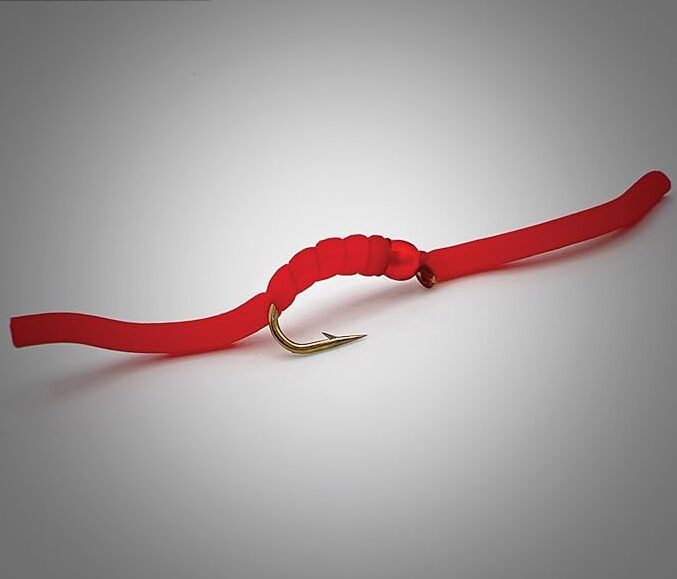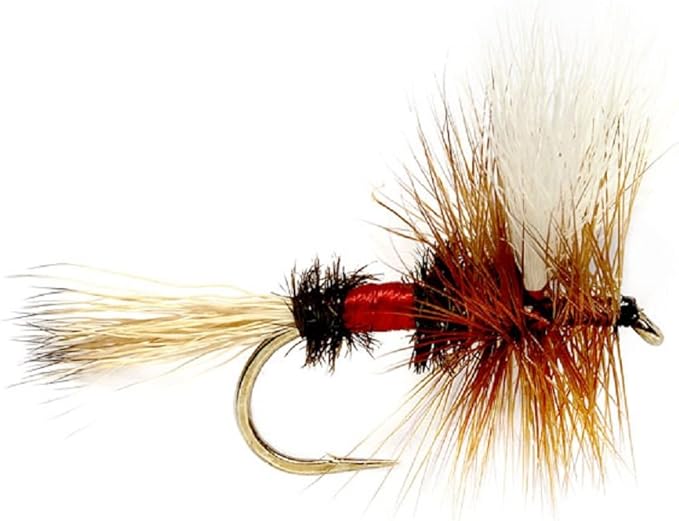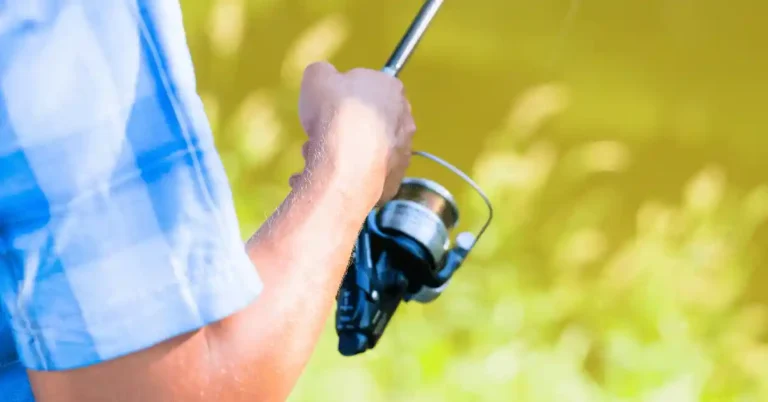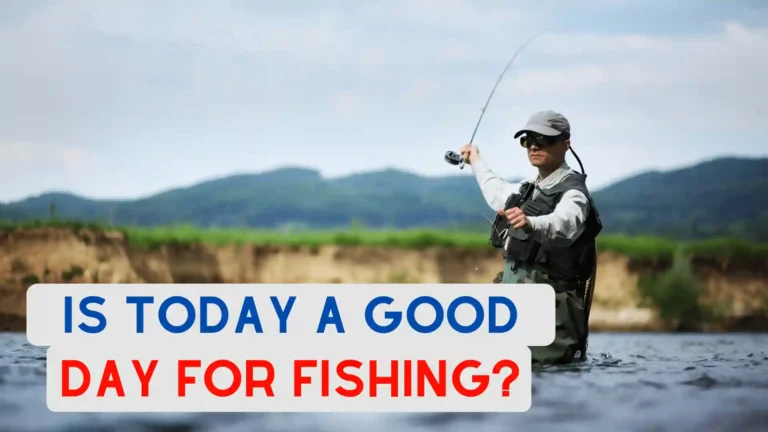How to Tie Green Weenie Fly: A Fly Fisher’s New Best Friend
How to Tie Green Weenie Fly: A Fly Fisher’s New Best Friend
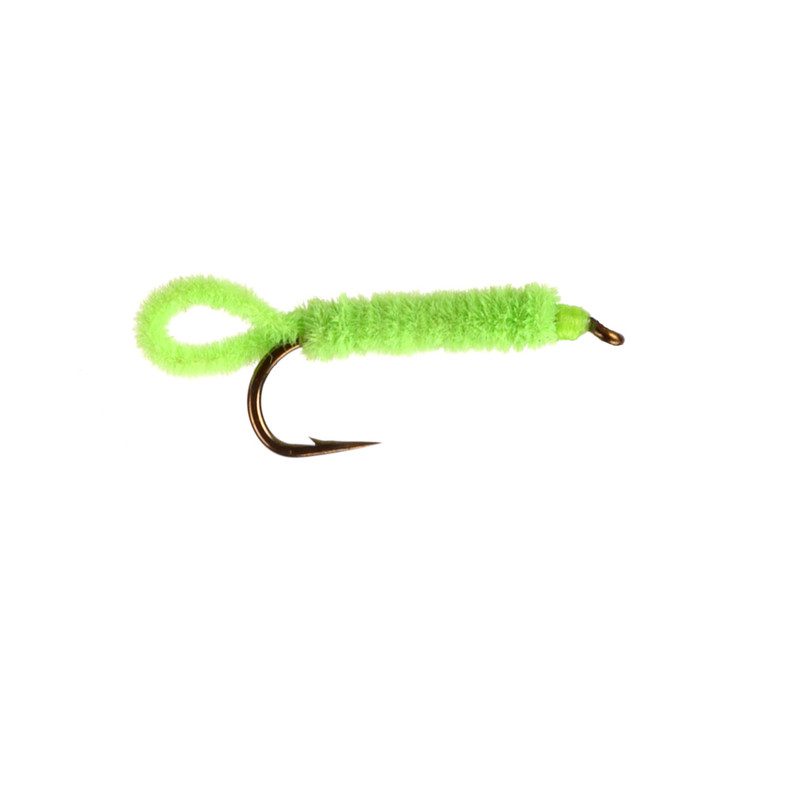
When I started fly fishing, I joined a fishing group near my place. They sent me a package with a sticker, a hat, and thirteen flies. Among them was a small green fly tied to a hook.
At first, I thought it was too simple to catch any fish and dismissed it. It took a few years and advice from experienced anglers before I decided to give it a try.
When I finally did, I found myself catching fish in a challenging creek where I struggled to match the tiny bugs the fish were eating.
This Fly is called Green Weenie. It became my best friend.
Fishing With Green Weenie
The Green Weenie is a simple fly that catches fish well. Some folks say Ken Igo and Russ Mowry made it in Western Pennsylvania, maybe for the Loyalhanna River. It’s in books like Charles Meck’s “Pennsylvania Trout Streams and Their Hatches.”
But you can use the Green Weenie anywhere. I’ve caught fish with it all over the US and even in other countries. It’s easy to use and works great.
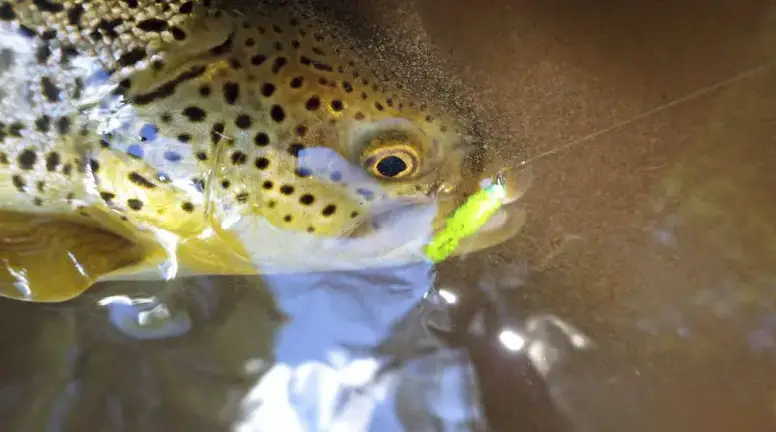
There are lots of types, and they all work well. You can even use it with regular spinning gear and still catch fish. So bring some Green Weenies when you go fishing!
It has a bright green body made of soft material and a fluffy tail with a shiny bit. This makes it seem real to fish.
When it moves in the water, it acts like a bug struggling or a little fish in trouble. This makes trout and bass want to grab it.
Another reason why the Green Weenie Fly is good is because you can use it in many different ways. You can let it float near the bottom or make it move with quick little pulls.
It’s good for all kinds of fishing situations, so you’re more likely to catch something when you use it.
History and Origin of the Green Weenie Fly
The Green Weenie Fly has a rich history dating back several decades. Renowned fly angler Joe Brooks first developed it in the 1950s.
Known for his innovative patterns, Brooks created the Green Weenie as a twist on the classic Woolly Bugger. Its simplicity and effectiveness quickly made it a favorite among anglers.
The origin of the name “Green Weenie” sparks debate among fly fishing enthusiasts. Some think it comes from the fly’s green color, resembling a small worm.
Others believe it’s a playful reference to how the fly teases fish into striking. Whatever the origin, one thing is certain – the Green Weenie Fly has secured its place in every angler’s collection.
Materials and Tools Needed to Tie the Green Weenie Fly
Before you can tie the Green Weenie Fly, it’s important to gather the necessary materials and tools. Here’s a list of what you’ll need:
Material
- Hook: Choose a suitable hook size, typically ranging from size 8 to 12, depending on the fish species you’re targeting.
- Thread: Opt for a strong and durable thread in a matching or contrasting color to the fly.
- Chenille: Select a high-quality green chenille to create the body of the fly.
- Marabou: Use a few strands of marabou in a complementary color for the tail.
- Flash: Incorporate a small amount of flash material, such as crystal flash, to add some sparkle to your fly.
- Hackle: A soft hackle feather in a matching color will provide additional movement and lifelike action.
Once you have these materials ready, you can move on to the step-by-step process of tying the Green Weenie Fly.
How to Tie the Green Weenie Fly
Making a Green Weenie Fly might seem tricky at first, but don’t worry, you’ll get the hang of it with practice. Follow these steps:
Step 1: Put the hook in the vise and tie the thread onto the hook.
Step 2:Wrap the thread smoothly along the hook to make a good base.
Step 3: Tie a piece of green chenille onto the back of the hook, leaving a small tail.
Step 4: Wrap the chenille forward, making sure it covers the hook evenly until you get to the front.
Step 5: Tie off the chenille with the thread and cut off any extra.
Step 6: Get some marabou and tie it onto the back of the hook, letting it stick out a bit past the chenille.
Step 7: Add a few shiny strands on each side of the marabou tail and tie them down.
Step 8: Take a soft feather and tie it onto the front of the hook, letting the feathery part stick back over the chenille.
Step :9 Wrap the feather around the hook in a spiral, pushing the feathery bits back as you go, and tie it off.
Step 10: Finish the fly by making a tidy head with the thread and securing it with a few knots.
Step 11: Trim away any extra bits and check your fly one last time.
Congratulations! You’ve successfully tied the Green Weenie Fly. Practice tying it a few times to refine your technique and ensure consistency in your flies.
Once you feel confident in your tying skills, it’s time to put the fly to the test on the water.
Tips and Tricks for Tying the Green Weenie Fly
Making the Green Weenie Fly can be fun, and here are some tricks to help you make even better ones:
- Get good materials: Use high-quality stuff like chenille, marabou, and feathers for flies that look and work great.
- Try different colors: The usual Green Weenie Fly is green, but you can try other colors to match what the fish like.
- Add weight: To make your fly sink faster, you can put on a weighted bead or some lead wire under the body.
- Change the size: Make your flies bigger or smaller to match the size of the bugs in the water.
- Practice: Keep practicing to get better at tying. The more you practice, the better your flies will be.
- Give it a Twitch: If the fish aren’t interested, try moving your fly a little to imitate how caterpillars move. This can make the fish curious and more likely to bite.
- Use it with Other Flies: Try putting the Green Weenie on with a different fly on top. This combo can make the fish wonder and want to bite.
- Try Different Ways: Use the Green Weenie in different ways to see what works best where you’re fishing. You can experiment with different techniques to catch more fish.
- Fish it in Different Places: The Green Weenie works well in slow-moving water and lakes. Sometimes, moving your rod a bit can make the fly look even more tempting to the fish.
Best Seasons and Conditions for Using the Green Weenie Fly
The Green Weenie Fly is effective all year round, but there are certain times when it really stands out.
Knowing the best seasons and conditions for using this fly will boost your chances of success on the water.
Springtime
In Spring, as the ice melts and temperatures rise, fish become more active and hungry.
The Green Weenie Fly, resembling a juicy worm or an emerging insect, is perfect for tempting trout and bass during this time.
Summer
Summer brings caddisfly hatches, attracting fish in droves.
The Green Weenie Fly, with its green body, mimics these emerging caddisflies and becomes a tempting treat for trout and bass.
Fall
In Fall, as the water cools and fish prepare for winter, the Green Weenie Fly looks like a struggling baitfish. This can trigger aggressive strikes from predatory fish looking to bulk up before the cold sets in.
When using the Green Weenie Fly, consider the water conditions too.
In fast-moving water, add weight to the fly to get it down to the right depth.
In calmer waters, focus on subtle twitches or a slow retrieve to mimic natural prey movements.
What Makes the Green Weenie Special?
The Green Weenie might seem simple, but that’s what makes it so great for catching fish. It’s easy to tie and use, cutting out all the complicated stuff in fly fishing.
Even though it’s simple, it works really well. It’s good at getting trout’s attention, even when other flies don’t work.
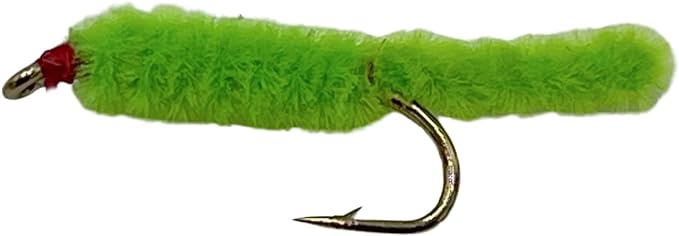
Its bright green color makes it stand out in the water, even in murky conditions.
One cool thing about the Green Weenie is that it can look like lots of different bugs, so trout are more likely to think it’s food.
You can use it in different kinds of water and adjust it to fit different situations.
Lots of fly fishers trust the Green Weenie because it always seems to work, even when fishing is tough. It just like the case of Grey Duster fly and Squirmy Wormy Fly.
So even though it’s not fancy, its simplicity, versatility, and reliability make it a special fly that every angler should have in their tackle box.
Success Stories and Testimonials from Anglers Using the Green Weenie Fly
Anglers all around the world have experienced great success with the Green Weenie Fly. Here are a few testimonials from fellow fly fishers who have found this fly to be a game-changer:
I’ve been using the Green Weenie Fly for years, and it never fails to produce. Whether I’m targeting trout in the spring or bass in the summer, this fly always gets the job done.
Mark S., Colorado
“I was skeptical at first, but after trying the Green Weenie Fly during a caddisfly hatch, I was blown away. The fish couldn’t resist it, and I ended up having my best day on the water.”
Sarah T., Montana
“I tie the Green Weenie Fly in various sizes and colors, and it has become my go-to fly for almost every fishing scenario. It’s versatile, effective, and a must-have in any angler’s fly box.”
John P., California
These success stories highlight the Green Weenie Fly’s ability to consistently attract fish and deliver thrilling angling experiences.
Where to Get Green Weenie Flies
If making your own flies sounds hard or takes too much time, don’t worry. You can buy Green Weenie flies instead.
Lots of stores, both online and in person, sell them for people who love fly fishing. These flies are made with care and good materials to make sure they last and catch fish.
When you’re picking a store, look for ones known for making good flies with top-quality stuff.
Each fly is made to look like a real bug, even in the smallest details.
In fly fishing, having different options can help you catch more fish. So it’s good to check out stores that sell different versions of the Green Weenie.
These variations are made to work well in different fishing spots, giving you an advantage wherever you go fishing.
Final Thoughts on the Green Weenie Fly
The Green Weenie Fly is awesome at catching fish because it looks real, moves well, and you can use it in lots of different ways.
Once you learn how to tie it and figure out when to use it, you’ll be all set to catch more fish.
Don’t forget to try out different techniques, sizes, and colors to see what works best where you fish.
Lots of people have had success with the Green Weenie Fly, so you know it’s good at catching fish.
So, put on a Green Weenie Fly and get ready to see fish go crazy for it. Have fun fishing!

Meet Ibrahim Khan, an avid angler and author in Fishing Teach. He shares his wealth of knowledge from his 16 years of experiences in fishing. His articles are a captivating blend of practical insights and thrilling tales that invite readers into the enchanting world of fishing.
Ibrahim’s guides are your go-to guide in the realm of fishing on this informational site. Hailing from a coastal paradise, Ibrahim’s passion for angling is the heartbeat of his life.

